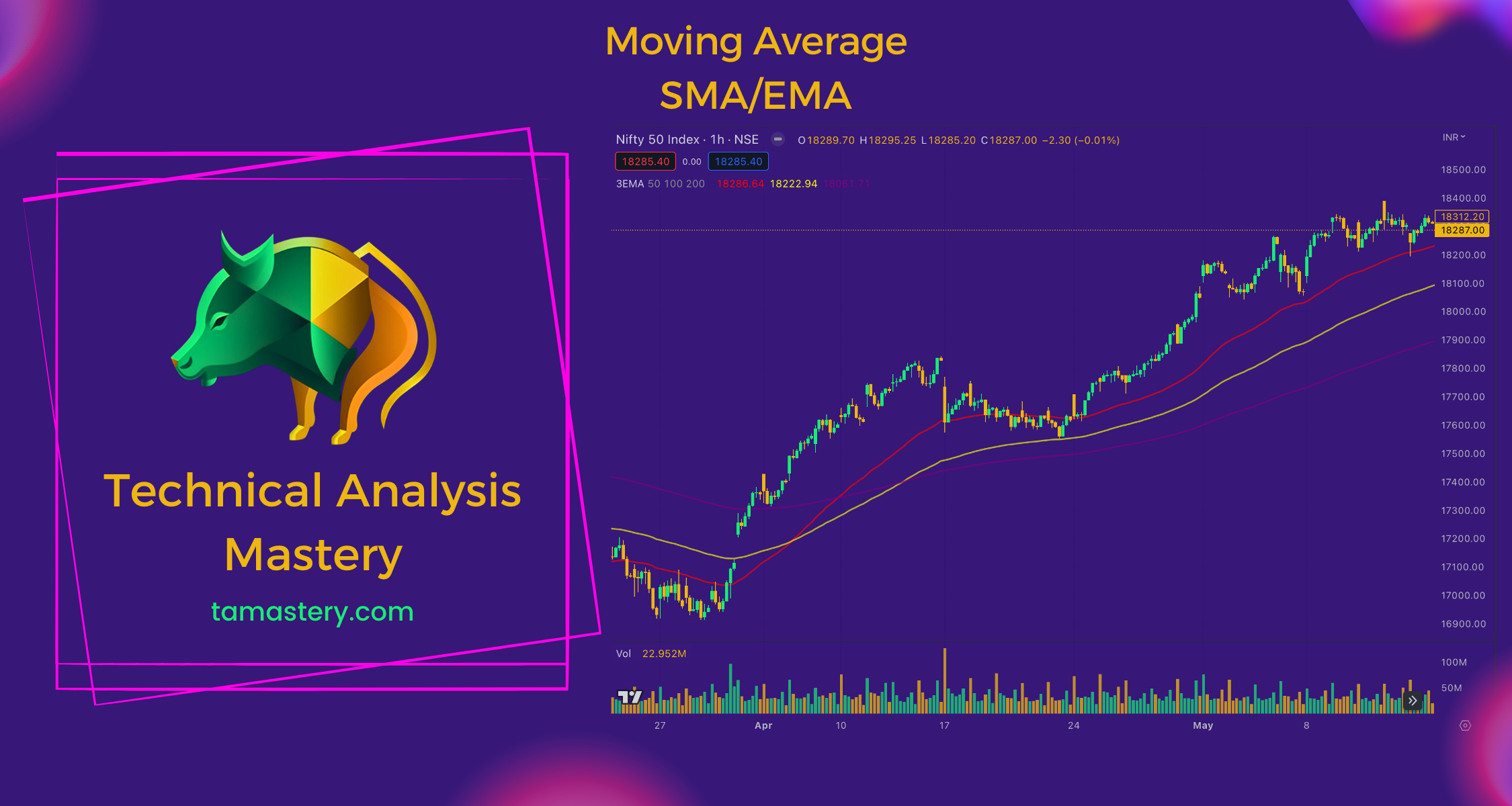Unpacking the Exponential Moving Average: A Smoother Trail for Stock Trading
Dive into the Exponential Moving Average (EMA) in stock trading. Learn its difference from the Simple Moving Average (SMA) and how EMA's focus on recent price changes guides trading decisions.

Introduction
Welcome back, stock market explorers! You remember the world of stocks, right? A bustling marketplace where people buy and sell pieces of companies. In this crowded arena, we have special tools called 'technical indicators' that guide traders' decisions, like compasses in an adventure. One of these tools is the Exponential Moving Average, or EMA. Think of it like a magic trail – it changes more quickly when the stock price changes!
What is an Exponential Moving Average (EMA)?
In simple terms, the EMA is like your best buddy that pays more attention to the most recent things you tell him. Similar to the Moving Average, the EMA looks at a stock's prices over a certain period, but it places more weight on the most recent prices. Imagine you're running laps around a track, and you want to know your average pace. But the pace of your most recent laps is more important than your older ones. That's what the EMA is all about.
How the Exponential Moving Average Works
The EMA is sensitive; it reacts more quickly to recent price changes. To visualize it, let's say you're weighing your backpack each day before school. You're interested in the average weight, but yesterday's weight matters more than the weight from a week ago. It's important to remember though, being sensitive isn't always better, it's just different. Different situations call for different tools!
Why Exponential Moving Averages are Helpful in Trading
The EMA comes in handy because it 'listens' more to what's happening right now. Just like you'd want to know the score of the latest basketball games to guess who might win the upcoming one, traders like to focus on the most recent changes in a stock's price. The EMA helps them do just that.
The Difference Between EMA and Simple Moving Average (SMA)
Remember the SMA? It's like an old-school teacher who treats every student equally. Every day is equally important, and the average price is calculated accordingly. But the EMA is more like a new-age teacher who pays more attention to the recent performance. It doesn't mean one is better than the other, they just have different teaching styles!
How to Use Exponential Moving Average in Trading
Using the EMA in trading is a bit like deciding when to step outside based on recent weather changes. If the price of a stock is above the EMA line, it might be a sunny day for buying. But if it's below, it might be a stormy day for selling. It helps traders make a more informed decision.
Conclusion
In a nutshell, the EMA is a useful tool that helps traders pay more attention to recent price changes. Remember, there are tons of other interesting indicators out there. Each one is a different tool in your trading toolbox. Keep learning, and remember, no tool can predict the stock market perfectly. After all, it's not a crystal ball!
Glossary
Exponential Moving Average (EMA):
A type of moving average that gives more weight to recent prices.
Simple Moving Average (SMA):
A type of moving average where all prices are given equal weight.
Technical indicators:
Tools used by traders to predict future price movements based on past price data.
